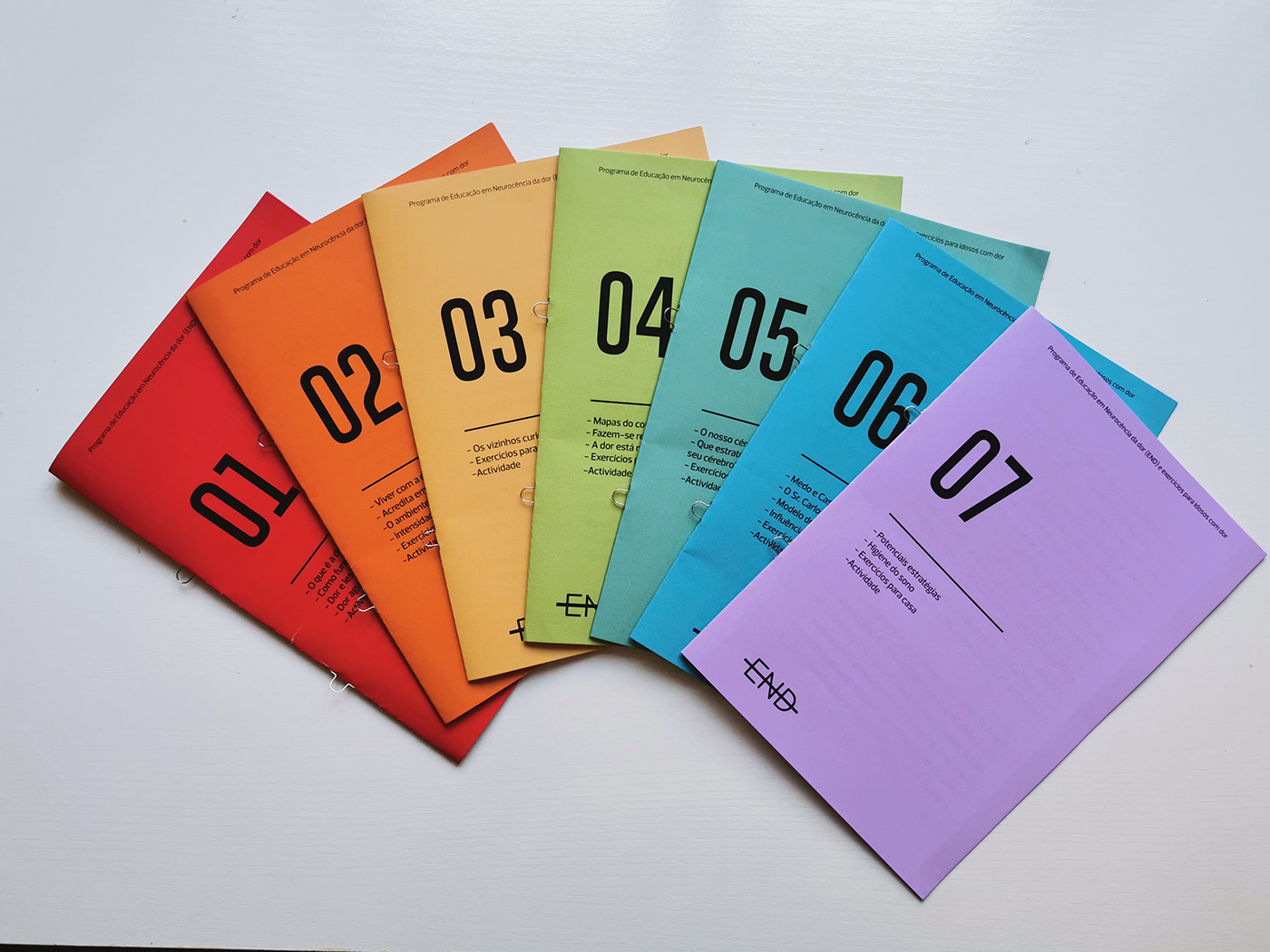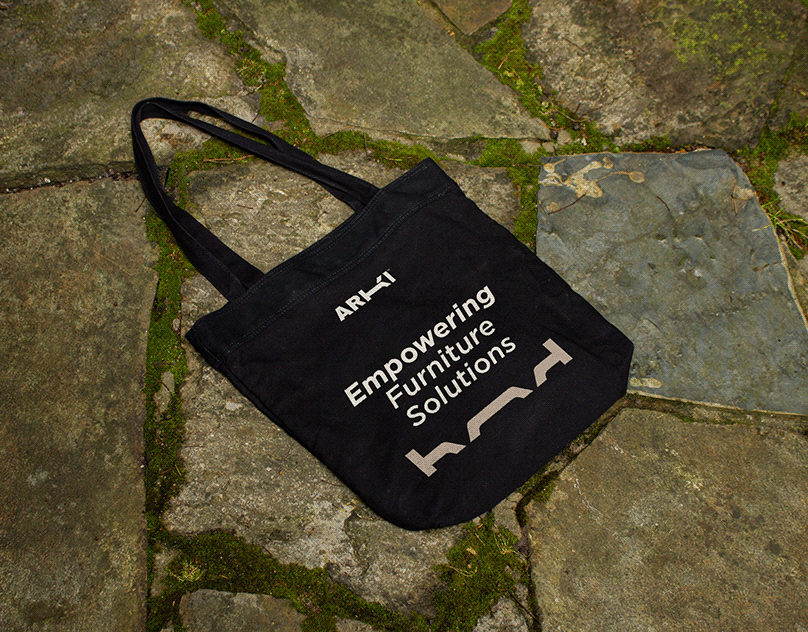
The Pain Neuroscience Education Program (END), including exercises for elderly people in pain, is an 8-week intervention, with one face-to-face session per week. This program has the particularity of adjusting the language to the elderly, with examples and metaphors from their daily lives, to facilitate the understanding of the concepts and facilitate the transmission of the message.
Dossier
An archive and organization dossier was developed, containing seven session notebooks, one for each session and a manual for specialists. The dossier can be designated as the program kit that is delivered to the user with chronic pain at the beginning of the program.


Educational Handbooks
These manuals have as main objective to clarify the user about the contents in question, to help the user to memorize and review the information.
They were developed in the concept of a manual (handbook) and intend to gain a diary paper, where the user can write the procedures of each session, and after a few years they can resort to it to remember something, since chronic pain will accompany the individual my whole life.
They were developed in the concept of a manual (handbook) and intend to gain a diary paper, where the user can write the procedures of each session, and after a few years they can resort to it to remember something, since chronic pain will accompany the individual my whole life.
At the graphic level, metaphors were used, because as the target audience has low levels of literacy, they have an easier time understanding information compared to everyday cases. Care was taken to transmit easy messages to understand and memorize the contents. It is noteworthy that the contents of the manuals are explained orally by the specialist, and one of the objectives of the program is to bridge beliefs through dialogue.








Physiotherapist manual
This manual has as main objective to help the physiotherapist in the organization of classes, to clarify the user about the contents in question and to assist physiotherapists in the information to be transmitted.



Game board
In the redesign of the game, only the use of a board was considered, in which the image, representing the nervous system of the human body, is also consulted for use on other occasions of the sessions.
There was also a need to rethink the design of the board, the target audience being elderly and with more need to correctly visualize the space and colors, it was decided to only proceed with the colors in positions, with greater widths and placing the numbering to facilitate in the corresponding position. Colors related to educational manuals were used to make it easier to relate color to the state of pain, as for example, red corresponds to the state of more pain while lilac represents the opposite, less pain, decreased beliefs and attitudes and understanding of it.
There was also a need to rethink the design of the board, the target audience being elderly and with more need to correctly visualize the space and colors, it was decided to only proceed with the colors in positions, with greater widths and placing the numbering to facilitate in the corresponding position. Colors related to educational manuals were used to make it easier to relate color to the state of pain, as for example, red corresponds to the state of more pain while lilac represents the opposite, less pain, decreased beliefs and attitudes and understanding of it.










